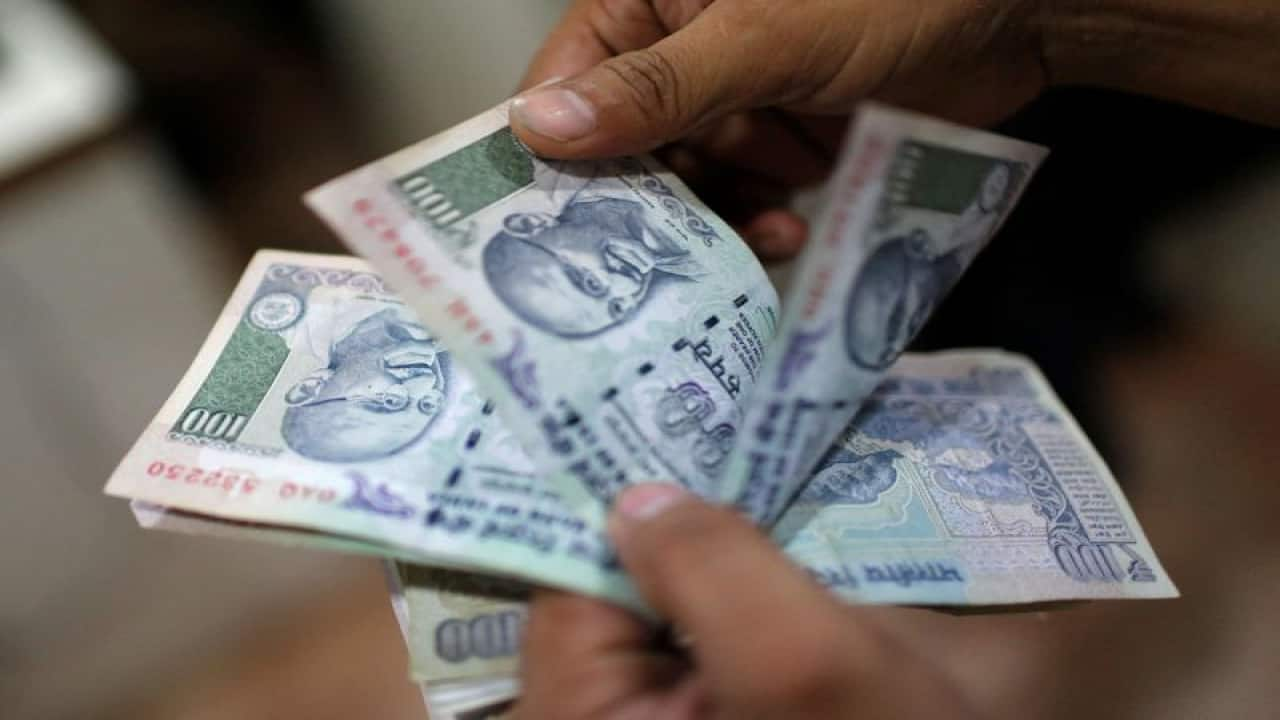- Arvind's Newsletter
- Posts
- Arvind's Newsletter-Weekend edition
Arvind's Newsletter-Weekend edition
Issue No #1075
1.India's GDP growth slows to 15-month low of 6.7% in April-June quarter and Key infra sectors' growth slows down to 6.1% in July, shows govt data
India's economic growth slowed to a 15-month low of 6.7 per cent in April-June 2024-25, mainly due to poor performance of the agriculture and services sectors, government data showed on Friday.
The gross domestic product (GDP) expanded by 8.2 per cent in the April-June quarter of 2022-23.
The growth in production of eight key infrastructure sectors slowed down to 6.1 per cent in July this year due to a decline in the output of crude oil and natural gas, according to official data released on Friday.
The growth rate, however, is up from 5.1 per cent in June.
2.Arvind Panagariya: Chinese investments can give India leverage, tariff boost FDI route for businesses
There has considerable debate on whether India should allow Chinese investment (FDI) in the country. Arvind Panagariya, economist and Chairman of India's 16th Finance Commission, feels that Chinese investments in the country would give us a leverage over them, the Economic Times reported on August 30.
"Beyond that (security risks), we may allow Chinese investments. Remember that we also acquire leverage against China when a sizeable investment by that country is on our soil," he stated.
He also sought to take a different outlook on the tariffs and protectionist debate, noting that "tariff jumping FDIs" re-route businesses to find local production and then invest there. He gave an example of the auto sector to make his case, as per the report.
"FDI in the auto industry in India is substantially of this nature. So, paradoxically, protectionism can increase instead of reducing FDI," he told the paper.
He also noted the rise in protectionist sentiment and low FDI, adding that high interest rates in the United States and other western countries is the likely reason. "As soon as interest rates begin declining, we will see FDI accelerate," he told ET.
3.Women directors are getting paid better. Their roles are bigger too
The compensation of women independent directors in the Nifty50 companies doubled in the past five fiscal years, against a 1.7-times increase for their male counterparts during the same period, a new study showed.
Overall, the compensation of independent directors rose 11% CAGR (compound annual growth rate) between 2018-19 and 2023-24, showed the Deloitte study, shared exclusively with Mint.
The study, titled Independent Director Remuneration in India – Beyond the headlines, found that over the past five years, companies in the heavy manufacturing and IT sectors have paid higher to their independent directors compared to other sectors due to their size, scale of operations, and composition of international directors.
4.Adani Group invests Rs 2,000 crore in Dharavi redevelopment project
The Adani Group has invested around Rs 2,000 crore in the Dharavi Redevelopment Project (DRP), the largest slum redevelopment initiative in Asia, spanning 640 acres in Mumbai, according to a report by The Financial Express (FE). The project is a joint venture between the Adani Group and the Maharashtra government, with the Adani Group acting as the lead partner responsible for constructing residential and commercial units.
SVR Srinivas, CEO of the Dharavi Redevelopment Authority, described the project as one of the most challenging in his career, while speaking to FE, referring to it as “the brownest of brownfield projects”. Despite the challenges, the project aims to complete the rehabilitation and begin relocating eligible families within the next two to two and a half years.
The Adani Group has already paid Rs 1,000 crore to the Indian Railways for 27 acres of land allocated for the project. Additional funds are being used for a detailed survey to count the number of tenements in Dharavi, expected to conclude by March 2025.
The project aims to start constructing rehabilitation buildings on the railway land within the next four to six months, with construction expected to commence in one to two months. The joint venture plans to build between 15,000 and 20,000 units on the allocated land and more than 100 staff members have been appointed to various roles in the project.
5.Vistara-Air India merger: What happens to your flight status, tickets and PNR number after September 3?
Vistara will merge with Air India on November 12, when its flights begin operating under the “AI” flight code instead of its “UK” designator. Flight bookings will also move to Air India's web portal, completing the merger between the two airlines.
Vistara has outlined changes to flight bookings, tickets, and PNR numbers leading to the merger.
Singapore Airlines announced the merger plans of Vistara and Air India in November 2022. Currently, Tata owns Air India and has a 51% stake in Vistara. With the clearances in place, the merger, which will see Singapore Airlines acquire a 25.1 percent stake in Air India, is expected to be completed by the end of this year.
Starting September 3, Vistara customers will be redirected to the Air India website for ticket bookings. However, the flights will continue to operate under the Vistara brand until November 11.
For passengers who have already booked tickets with Vistara for travel on or before November 11, no changes will be made to their bookings, and their flights will operate under the Vistara brand.
6.JanDhan's success boosts bank accounts but financial inclusion challenges persist
JanDhan has opened 531.3 million accounts with Rs 2.3 trillion in deposits, enhancing financial access, particularly in rural areas. However, low average balances and minimal use of overdraft highlight that account access alone doesn’t fully address poverty, revealing gaps in financial well-being
Only a decade earlier, the 2011 census data showed that that nearly 41% the population did not avail banking services. Thanks to this push, by 2021, 78% of Indian adults had a bank account.
All said, the JanDhan program definitely gave a shot in the arm to bank account opening which had been meandering till then. The Basic Saving Bank Deposit (BSBD) accounts jumped up by 50% in the five years from 2015 while the deposit balances went up by a massive 183%.
The growth has since tapered off but the number of unbanked Indians still remains a high 190 million (recent estimates), which perhaps could be behind the Government recently announcing a plan to open 30 million bank accounts during 2025.
7.Iran has increased its stockpile of enriched uranium to the point where it is close to being able to build four bombs, the International Atomic Energy Agency said.
The nuclear watchdog warned that Tehran was not cooperating with inspectors and that it had installed new centrifuges. The Islamic Republic has an estimated 165 kg of 60% pure uranium, which, if enriched further to 90%, is just 2 kg short of four bombs’ worth.
Former US President Donald Trump withdrew from a nuclear deal with Iran in 2018, but Iran’s new president seems willing to return to negotiations. The uranium stockpiles give it leverage, although the US said the country should “start meaningful cooperating with IAEA” if it wants a new agreement.
8.China is pouring resources into nuclear fusion research.
Beijing spends an estimated $1.5 billion on fusion, double the US government’s figure. It has “built itself up from being a non-player 25 years ago to “having world-class capabilities,” one nuclear scientist told Nature, and has ambitious timelines: It hopes to build a one-gigawatt test reactor in the 2030s and a prototype power plant within a few decades after that.
ITER, the huge multinational fusion collaboration based in France, will not begin experiments until 2039, 19 years behind schedule. China’s rapid expansion is also pushing global science forwards, say advocates, who hope fusion will one day provide limitless green energy.
9.More humans should learn to speak “Doggish”
You know that a dog is probably comfortable and friendly if it’s loosely wagging its tail. But what about rapid tail-wagging? What does it mean when a dog holds its tail high instead of low, or when its ears go down and back? For many people, reading dog behavior is like reading a foreign language where you only understand a handful of nouns and verbs.
That’s why science journalist Jennifer S. Holland says more people should learn to speak “Doggish” — a “language” that might help facilitate better and safer relationships with our dogs.








